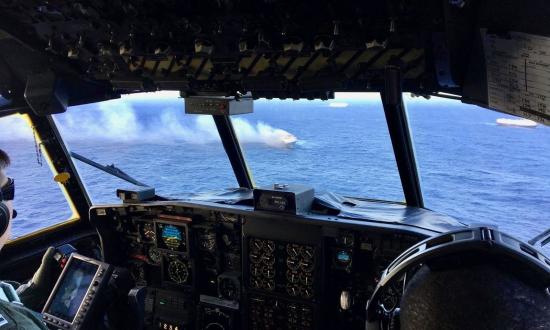COVID-19 brought with it the need to adapt to new workplace environments, primarily online. While the Navy has made great strides in its capability to telework since the start of the pandemic, it initially was woefully unprepared. The service quickly realized the 240,000 simultaneous connections for Outlook Web Access and 40,000 for a virtual private network (VPN) could not accommodate the demands of its approximately 619,000 personnel.1
Many of the technical challenges associated with the service’s capability to telework stem from its reliance on the Navy–Marine Corps Intranet (NMCI).2 Fortunately, Navy tenant commands do not have to be limited by or reliant on this antiquated and overburdened network. With alternative, robust cloud computing and email services that meet the Defense Information Systems Agency (DISA) requirements for electronic transmission of controlled unclassified information (CUI) and a willingness to provide personnel with modern computing capabilities, it would be possible to abandon NMCI and increase organizational productivity.
Recommendations
The need for a technology refresh is obvious. A Navy organization could attempt to build and certify its own cloud computing service from scratch, but the system would have to complete a six-step risk management framework process and achieve at least a DISA Impact Level 4 rating. However, corporate America has observed the demand signal and begun to develop new solutions for cloud computing services. Microsoft, for example, is marketing its new cloud service, Azure, to the Navy and other branches of government.3 Microsoft Azure is a cloud computing service with authorization to operate with defense systems and approval to handle CUI. Microsoft Azure is an easy choice for any Navy organization willing to provide its workforce with modern computing capabilities.
If an organization were to adopt Microsoft Azure or another approved cloud service, users would have to access the service by first accessing NMCI (either by a remote connection through a VPN or a direct connection at their workplace). That is unnecessary. Adopting a cloud-based service like Azure would relegate NMCI to a middleman and, like any middleman, a source of inefficiency.
As the service transitions to cloud services, it should abandon NMCI and instead invest in providing its users access to commercial internet services coupled with commercial VPNs. A direct connection to a cloud service through a VPN affords users access to information at greater speeds and bandwidth and will thus help increase organizational productivity.
Improvements to the Navy information technology infrastructure do not end with adopting cloud services. The Navy needs to improve the user experience not only by improving the workforce’s capability to access information through adoption of cloud services, but also by making sure every aspect of the cyber experience is seamless. That means giving users access to modern and reliable computing tools, such as new computers with modern processors and solid-state drives, and the ability to access cloud services and email directly from any device (e.g., computer, tablet, or smartphone).
While cloud computing does not inspire the same enthusiasm as other naval topics, it should be given appropriate consideration. It is on the back of its administrative capabilities that the service can achieve results prescribed in the National Security Strategy, such as maintaining “a forward military presence capable of deterring and, if necessary, defeating any adversary.”
1. Naval Message Traffic, “Effective Use of Remote Work Options,” 17 March 2020, www.public.navy.mil/bupers-npc/reference/messages/Documents/NAVADMINS/NAV2020/NAV20068.txt. Department of the Navy, “Status of the Navy,” 17 June 2020, www.navy.mil/About/Mission/.
2. LCDR Eric Zilberman, USN, “Improve the Systems-Engineering Acquisition Process,” U.S. Naval Institute Proceedings 146, no. 9 (September 2020).
3. Microsoft, “Azure Government,” https://azure.microsoft.com/en-us/global-infrastructure/government/.






